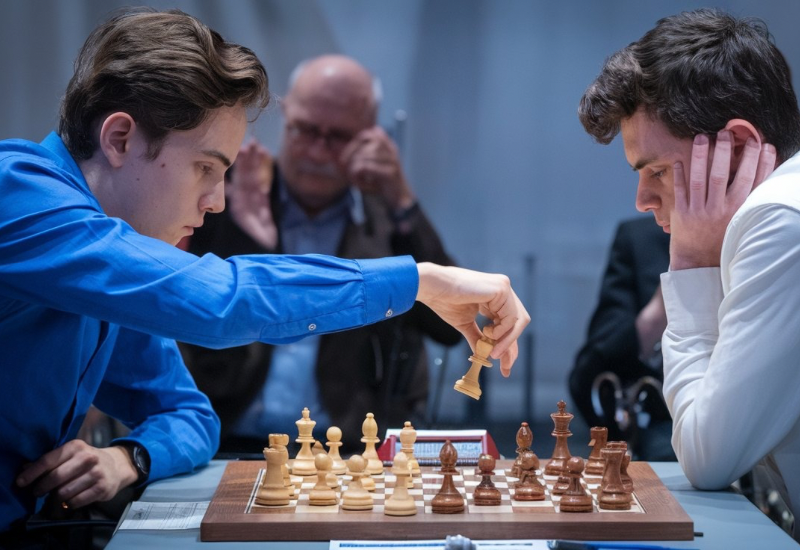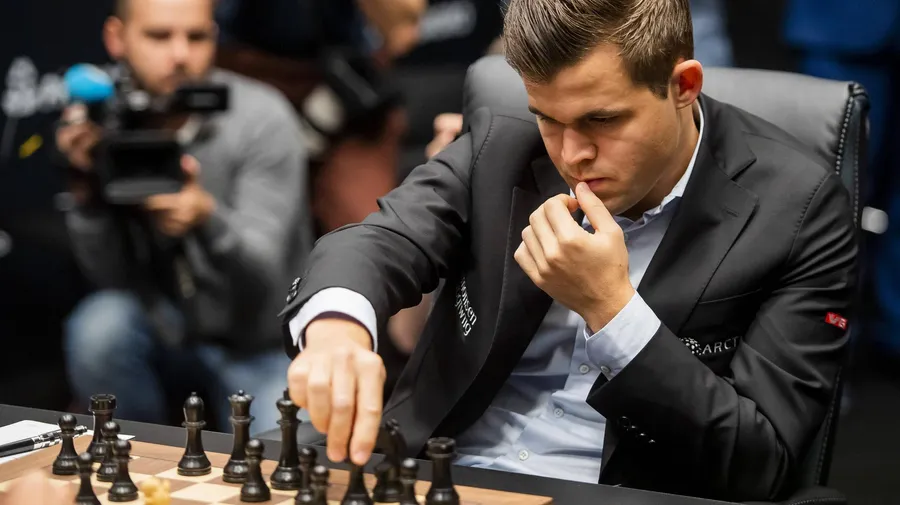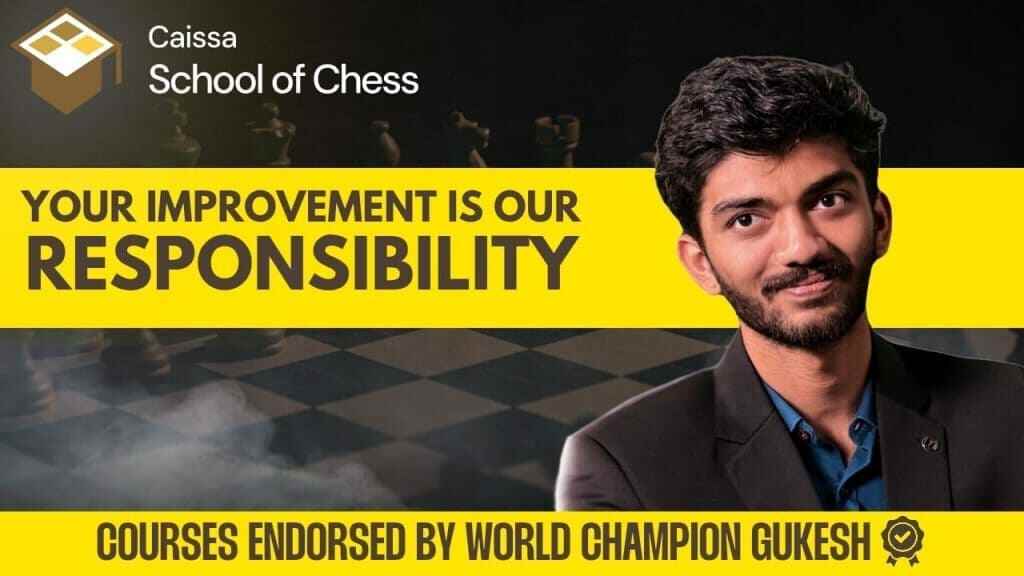The Tata Steel Chess Tournament is a battleground where the world’s best chess minds clash, and the 2025 edition was no exception. This year’s tournament, held in the charming town of Wijk aan Zee, Netherlands, was a spectacle of strategy, resilience, and brilliance. After 13 grueling rounds, one player emerged victorious, etching their name in chess history as the Tata Steel Chess 2025 Winner.

The Champion’s Journey: A Masterclass in Chess Excellence
The Tata Steel Chess 2025 Winner is none other than Magnus Carlsen, the Norwegian chess legend and former World Champion. Carlsen’s victory was a testament to his unparalleled skill, adaptability, and mental fortitude. Let’s break down his journey to the top –
Round 1-5: A Steady Start
Carlsen began the tournament with a series of solid performances, securing draws against strong opponents like Ian Nepomniachtchi and Alireza Firouzja. While he didn’t score any wins in the early rounds, his ability to neutralize threats and maintain balance set the stage for his later dominance.
Round 6-9: The Comeback King
In the middle stages of the tournament, Carlsen shifted gears, delivering a series of stunning victories. His win against GM Gukesh Dommaraju in Round 7 was a highlight, showcasing his deep understanding of positional play and endgame technique.
Round 10-13: Sealing the Victory
Carlsen entered the final rounds with a narrow lead, but he didn’t let the pressure get to him. In a must-win game against Hikaru Nakamura, Carlsen unleashed a brilliant tactical combination to secure the victory and clinch the tournament title.
Key Moments from the Champion’s Campaign
1. The Immortal Game Against Nepomniachtchi

Carlsen’s victory over Ian Nepomniachtchi in Round 6 was a masterpiece. In a complex middlegame, Carlsen sacrificed a rook to launch a devastating attack on Nepo’s king. The game ended with a stunning checkmate, leaving fans and analysts in awe of Carlsen’s tactical brilliance.
2. Endgame Mastery Against Gukesh
In Round 7, Carlsen faced GM Gukesh Dommaraju, one of the brightest stars in chess. In a seemingly equal endgame, Carlsen outmaneuvered his opponent with precision and patience, eventually securing a crucial win.
3. The Decisive Victory Over Nakamura

The final round of the tournament featured a high-stakes clash between Carlsen and Hikaru Nakamura. With both players tied for first place, the game was a nail-biter. Carlsen managed to outmaneuver Nakamura in a tense endgame, securing the tournament victory.
Why Magnus Carlsen’s Victory Matters
Being a Tata Steel Chess 2025 winner, Carlsen’s triumph is more than just another tournament win—it’s a testament to his enduring greatness. Here’s why his victory matters:
- Adaptability: Carlsen’s ability to switch between solid play and aggressive tactics makes him a formidable opponent.
- Mental Fortitude: Staying calm under pressure and delivering in critical moments is a hallmark of Carlsen’s play.
- Endgame Mastery: Carlsen’s deep understanding of endgame principles gives him an edge over his opponents.
Inspired by Magnus Carlsen’s victory? Here’s how CircleChess can help you improve your game:
- AI-Powered Coaching: Learn from Caissa, our advanced AI coach, which provides humanized feedback and personalized training plans.
- Elite Coaching Panel: Get insights from world-class coaches like GM Gukesh Dommaraju, GM RB Ramesh, and GM Vishnu Prasanna.
- Interactive Tools: Practice with advanced calculation trainers, puzzles, and real-time feedback.
- Gamified Learning: Make learning fun with challenges, rewards, and step-by-step modules.
- Global Community: Connect with chess enthusiasts worldwide and participate in tournaments.
If these moments have inspired you to take your chess skills to the next level, visit CircleChess today. Our platform is designed to help you learn, play, and grow as a chess player. Join us and be part of a movement that’s shaping the future of chess education.
Copyright Disclaimer:
The images used in this blog are for illustrative and educational purposes only. All visual content is copyrighted to its respective owners, and proper credit has been given to the original sources wherever applicable.





